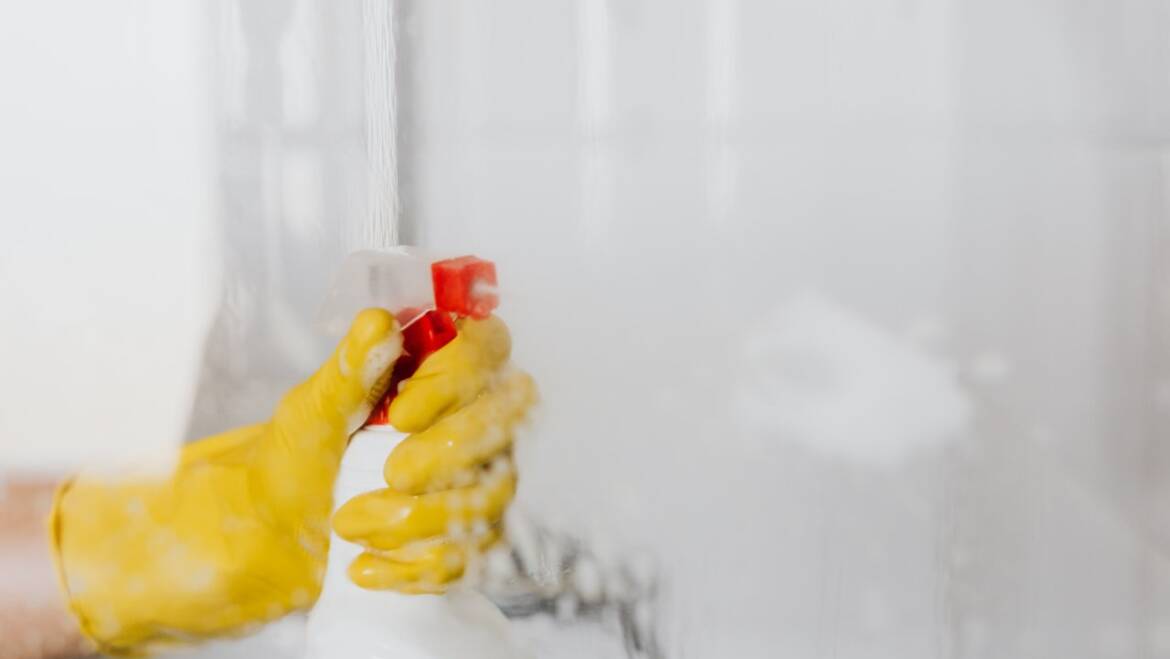You might have come across Oestrogen which is one of the main female hormones, but have you come across Xenoestrogens, which are dangerous hormone disruptors? Xenoestrogens are “foreign” oestrogens, substances that are close enough in molecular structure to oestrogen that they can bind to oestrogen receptor sites with potentially hazardous outcomes. Sources of Xenoestrogens include plastics, pesticides, chemicals, and water systems.
Xenoestrogens have been linked to a number of hormone related diseases such as endometriosis, as well as different type of cancer and fertility issues, but in fact too much oestrogen in our system can cause different types of hormonal imbalances and these not only related to women but men as well.
Firstly, I would like to discuss the main sources of xenoestrogens and how to eliminate exposure.
Skincare products such as those containing Parabens, Benzophenone, 4 MBC (substance contained in suntan lotions) all contain xenoestrogens. Clean up your skincare and personal care products – and don’t forget your sanitary products and toothpaste. There are plenty of organic natural alternatives out there.
Industrial products and plastics also contain these harmful substances – including Bisphenol A, Phthalates, PBDEs etc. To avoid these never store food in plastic or microwave in plastic. Use glass or stainless steel containers where possible and recycle jars. The same goes for bottled waters you – buy either glass bottles or invest in a reverse osmosis water filter. Remember your hot take away food also comes in a flimsy half melted plastic container, so it may be time to re-consider these.
Some types of food preservatives such as red colour Number 3 also contains these harmful substances. It is often used in sausage casings, cake decorations, baked goods, canned fruits, maraschino cherries, candy, popsicles, other foods, so try and minimise the consumption of these.
Building supplies such as wood preservatives, paints, lubricants and adhesives often contain large quantities of xenoestrogens, so try and ventilate during home renovations or upon moving into a new build house or use more chemical free alternatives of these.
Insecticides such as those used for maintenance of gardens, golf and football pitches and for growing the non-organic fruit and vegetables you are eating also contain large amounts of xenoestrogens. You should use alternatives for gardening or maintenance where possible to try and buy organic produce. I discuss ways of cutting the cost of organic produce in my optimal fruit and vegetable intake video available on YouTube.
Some more unlikely sources of xenoestrogens include silicone implants, cleaning products, copiers, printers, non-natural carpets, chlorine and some contraceptive pills.

